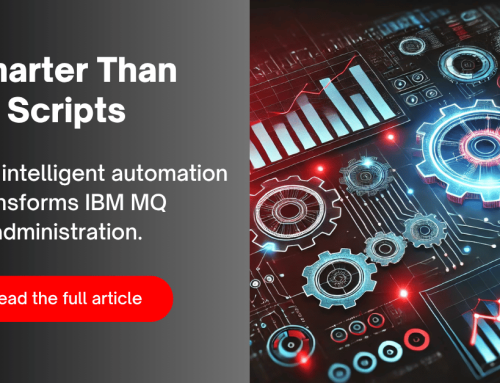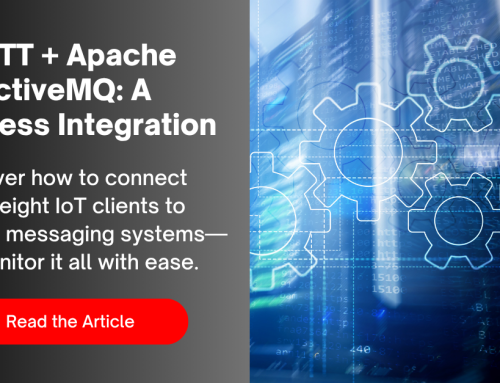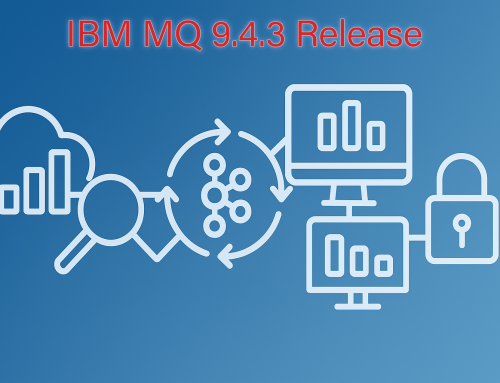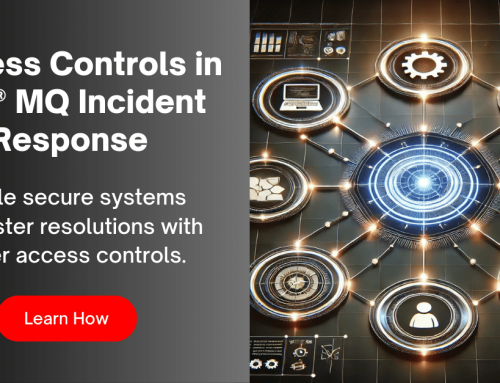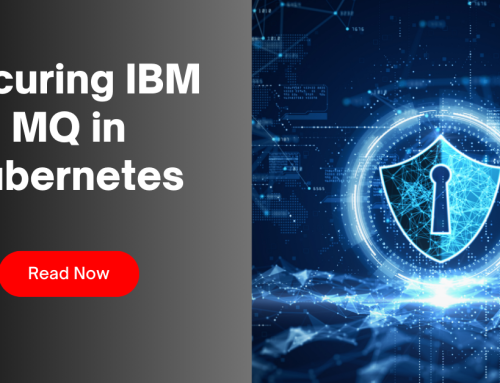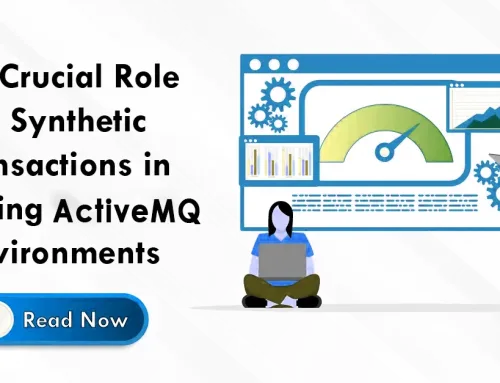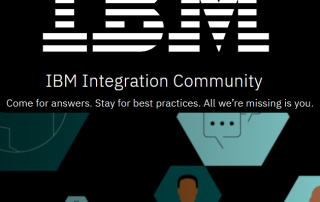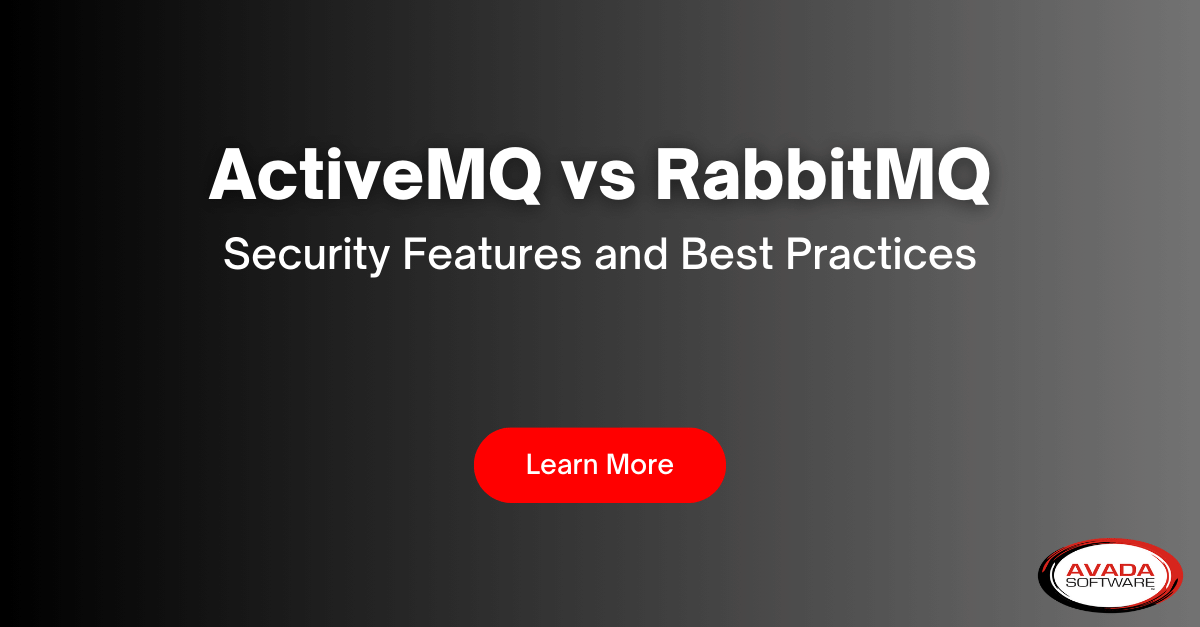Proactive Middleware Health Monitoring: The Key to Maintaining a Resilient IT Environment
In today’s rapidly evolving IT landscape, ensuring the health and performance of your middleware is not just a best practice – it’s a necessity. Middleware serves as the glue that connects various applications, systems, and services, playing a crucial role in the overall stability and functionality of an enterprise’s technology ecosystem. However, with the increasing complexity of modern IT environments, reactive monitoring approaches are no longer sufficient. Instead, adopting a proactive stance in middleware health monitoring is vital for minimizing downtime, maintaining performance, and optimizing resource utilization.
Why Proactive Monitoring Matters
Proactive monitoring involves the continuous assessment of middleware components, identifying potential issues before they escalate into major problems. Unlike reactive monitoring, which only addresses incidents after they occur, proactive monitoring provides early detection, helping teams to resolve issues before they impact end-users or business operations.
The benefits of proactive monitoring extend beyond mere troubleshooting. It allows for capacity planning, better resource management, and helps identify patterns and trends that can be addressed before they become critical. In an era where even a few minutes of downtime can result in significant revenue loss and damage to brand reputation, staying ahead of potential issues is paramount.
Enhancing Monitoring with Stacked Alert Parameters
One of the most powerful tools in proactive middleware monitoring is the use of “stacked” alert parameters. Stacked alert parameters allow IT teams to create sophisticated, multi-layered alert conditions that can detect anomalies with greater precision. Instead of simple, singular triggers, stacked parameters enable the definition of alerts that consider multiple metrics, thresholds, and dependencies.
For instance, rather than just alerting when memory usage exceeds a certain percentage, a stacked alert could be set to trigger only if memory usage remains high for a prolonged period and if CPU usage is simultaneously spiking, or if specific application logs indicate potential errors. This layered approach ensures that alerts are meaningful and actionable, reducing the noise of false positives and focusing on situations that truly require attention.
The Advantages of Stacked Alert Parameters
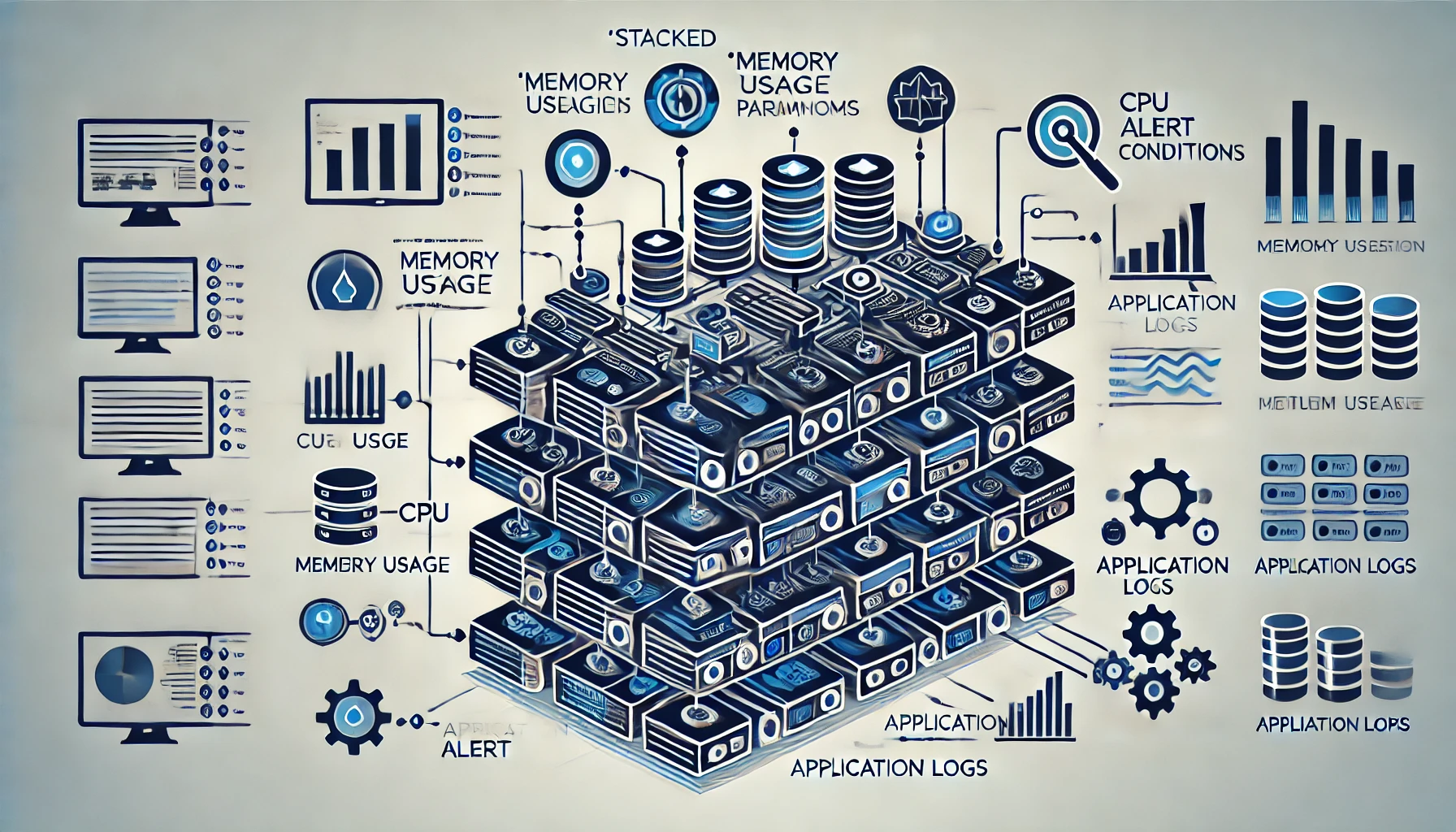
Stacked alert parameters provide several advantages for middleware health monitoring:
- Precision in Detection: By combining multiple conditions, stacked parameters help pinpoint the exact nature of an issue. This reduces the number of false alarms and ensures that IT teams are only alerted when an issue truly requires intervention.
- Context-Aware Alerts: Alerts can be tailored to consider the context of the situation, such as correlating different metrics and their impact on the middleware’s overall performance. This leads to faster diagnosis and more efficient resolutions.
- Efficient Resource Allocation: With more accurate alerts, IT teams can focus their efforts where they are needed most, reducing the time spent on investigating non-critical issues and improving overall productivity.
- Reduced Alert Fatigue: IT teams often face “alert fatigue” when overwhelmed by a flood of notifications, many of which may not be relevant or critical. Stacked alert parameters cut through the noise by ensuring that alerts are significant and actionable.
Implementing Proactive Monitoring with Stacked Alerts
To fully harness the benefits of stacked alert parameters, organizations should start by defining their key performance indicators (KPIs) and identifying which metrics are most critical to their middleware’s health and performance. From there, they can set up stacked alert conditions tailored to their specific environment and needs.
It’s also crucial to continuously refine these alert conditions based on the evolving needs of the organization. This means reviewing alert thresholds, adding new parameters, or modifying existing ones to ensure they remain aligned with the organization’s operational goals and challenges.
The Bottom Line
Proactive middleware health monitoring is no longer optional – it is a strategic necessity. By implementing a monitoring strategy that leverages stacked alert parameters, organizations can achieve a deeper, more nuanced understanding of their middleware environment. This approach not only enhances performance and stability but also empowers IT teams to act swiftly and effectively, minimizing disruptions and maintaining business continuity.
In an age where digital transformation is accelerating, investing in advanced monitoring practices is essential. Make sure your middleware is not just monitored but truly understood, keeping your systems resilient, efficient, and ready for whatever comes next.
Learn About Infrared360!
Take the first step towards optimizing your messaging environment and ensuring your infrastructure’s health and efficiency.
More Infrared360® Resources



